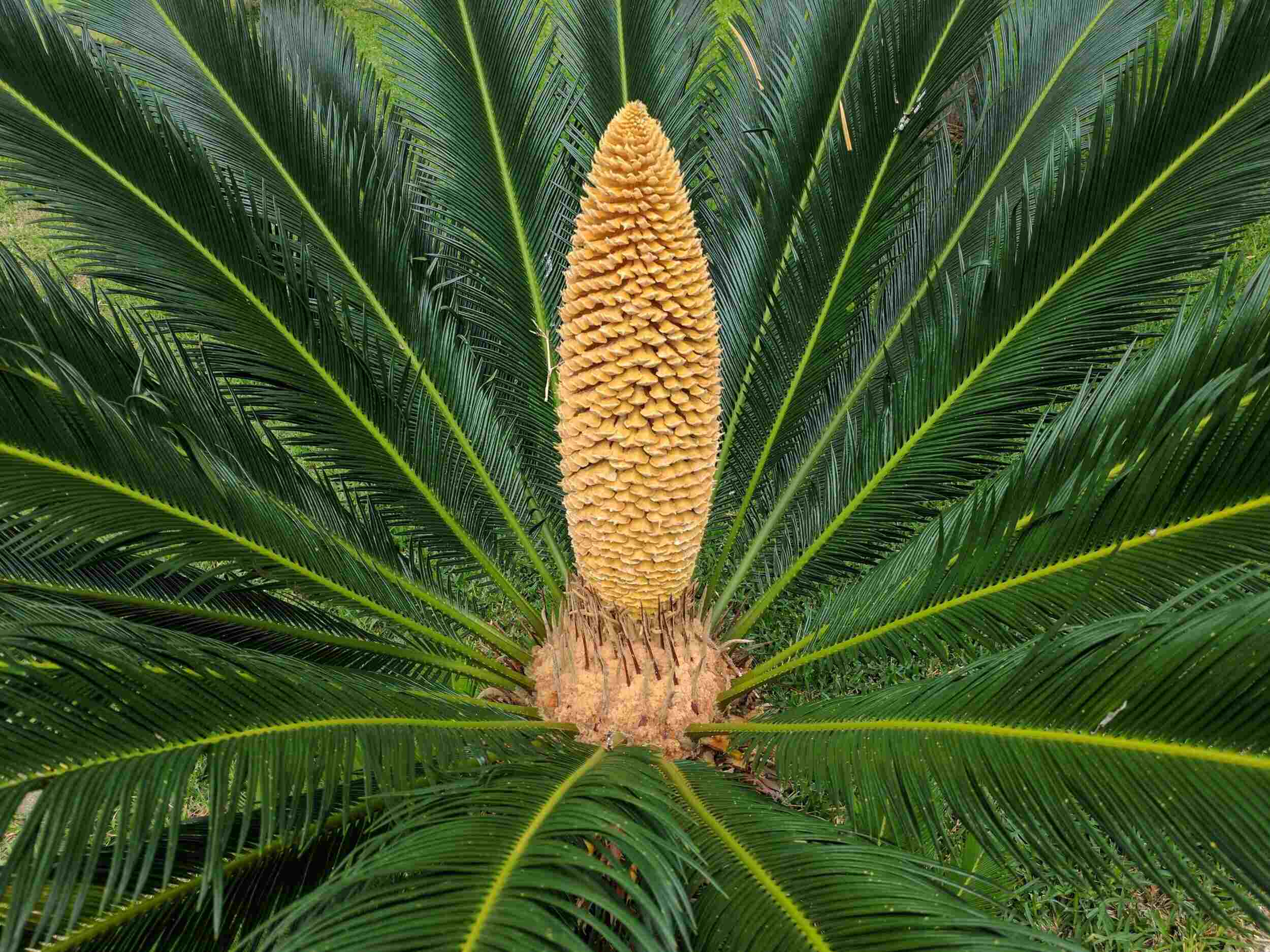
Cycads are ancient plants that have been around since the time of the dinosaurs. These fascinating plants are often mistaken for palms or ferns, but they belong to their own unique group. Cycads have thick, woody trunks and large, stiff leaves that grow in a rosette pattern. They can live for hundreds of years, making them some of the oldest living plants on Earth. Found in tropical and subtropical regions, these plants play a crucial role in their ecosystems. Despite their tough appearance, many species of cycads are endangered due to habitat loss and over-collection. Let's dive into 26 intriguing facts about these living fossils!
Ancient Origins
Cycads are fascinating plants with a rich history. These ancient plants have been around for millions of years, surviving through various geological eras.
- Cycads date back to the Mesozoic Era, which began about 252 million years ago. They coexisted with dinosaurs.
- Often called "living fossils," cycads have changed very little over millions of years.
- Fossil evidence shows that cycads were once much more widespread, covering large parts of the Earth.
Unique Characteristics
Cycads possess several unique features that set them apart from other plants. Their appearance and biological traits are quite distinct.
- Cycads have large, compound leaves that resemble those of palms or ferns.
- Unlike most plants, cycads produce cones instead of flowers.
- These plants are dioecious, meaning individual plants are either male or female.
- Cycads have a thick, woody trunk that stores water, helping them survive in dry conditions.
Ecological Importance
Cycads play a crucial role in their ecosystems. They interact with various organisms and contribute to environmental stability.
- Cycads form symbiotic relationships with nitrogen-fixing bacteria, enriching the soil.
- Many animals, including insects and birds, rely on cycads for food and habitat.
- The seeds of cycads are often dispersed by animals, aiding in plant reproduction.
Conservation Status
Despite their ancient lineage, many cycad species face threats from human activities and environmental changes.
- Over 60% of cycad species are currently listed as endangered or threatened.
- Habitat destruction and illegal collection are major threats to cycad populations.
- Conservation efforts include seed banks, botanical gardens, and legal protections.
Cultural Significance
Cycads have held cultural importance in various societies throughout history. They appear in art, mythology, and traditional practices.
- In some cultures, cycads are considered sacred and are used in religious ceremonies.
- Ancient civilizations, such as the Mayans, used cycad seeds as a food source.
- Cycads are often featured in traditional medicine, believed to have healing properties.
Modern Uses
Today, cycads are valued for their aesthetic and practical applications. They are popular in horticulture and landscaping.
- Cycads are prized as ornamental plants due to their striking appearance.
- They are often used in xeriscaping, a landscaping method that reduces water use.
- Some cycad species are cultivated for their edible seeds, which are processed to remove toxins.
Interesting Facts
Cycads continue to captivate scientists and plant enthusiasts with their intriguing characteristics and behaviors.
- Cycads can live for hundreds, sometimes even thousands, of years.
- The largest cycad species can grow up to 20 meters tall.
- Some cycads produce toxic compounds as a defense mechanism against herbivores.
- Cycads have a slow growth rate, often taking several years to reach maturity.
- The cones of some cycad species can weigh up to 40 kilograms.
- Cycads can survive in a variety of climates, from tropical rainforests to arid deserts.
- Despite their ancient origins, cycads continue to adapt and thrive in changing environments.
The Final Word on Cycads
Cycads are ancient plants with a rich history dating back millions of years. These fascinating plants have unique features like large, compound leaves and stout trunks. They thrive in tropical and subtropical regions, making them a favorite among gardeners and botanists. Despite their beauty, cycads face threats from habitat loss and illegal trade. Conservation efforts are crucial to protect these living fossils for future generations. Whether you're a plant enthusiast or just curious, understanding cycads adds a new layer of appreciation for the natural world. So next time you see one, you'll know it's not just any plant but a piece of history. Keep an eye out for these incredible plants and consider how you can contribute to their preservation. Cycads are more than just plants; they're a testament to the resilience of life on Earth.
Was this page helpful?
Our commitment to delivering trustworthy and engaging content is at the heart of what we do. Each fact on our site is contributed by real users like you, bringing a wealth of diverse insights and information. To ensure the highest standards of accuracy and reliability, our dedicated editors meticulously review each submission. This process guarantees that the facts we share are not only fascinating but also credible. Trust in our commitment to quality and authenticity as you explore and learn with us.
